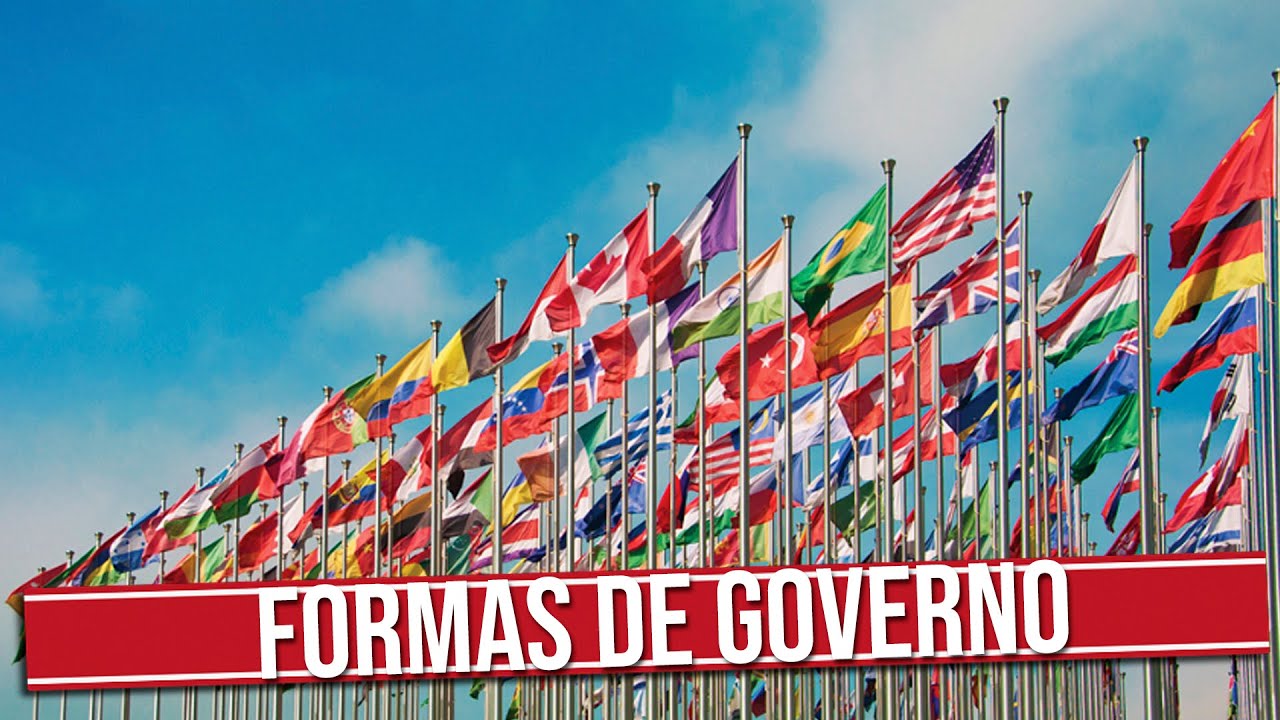O que são Sistemas de Governo? | Presidencialismo, Parlamentarismo e Semipresidencialismo
Summary
TLDRThis video explores different systems of government, focusing on the presidential, parliamentary, and semi-presidential systems. It explains the roles and relationships between the executive and legislative branches in democratic regimes. The presidential system features a president who serves as both head of state and government. In the parliamentary system, the head of government is a prime minister chosen by the parliament. The semi-presidential system combines both, with a president elected by the people and a prime minister chosen by the parliament. The video highlights how each system operates and how power is distributed between the executive and legislative bodies.
Takeaways
- 😀 Systems of government determine the relationship between the Executive (President, Governor, Mayor) and the Legislative (Congress, Parliament) branches.
- 😀 In democratic systems, the Executive and Legislative branches interact through specific rules and regulations that define their roles and powers.
- 😀 The Presidential system is characterized by a single person serving as both the Head of State and Head of Government, like in Brazil or the United States.
- 😀 The President in a Presidential system has significant powers such as making constitutional amendments, issuing provisional measures, vetoing laws, and appointing ministers.
- 😀 In a Parliamentary system, the Head of State is usually a symbolic figure (like a President or Monarch), and the Head of Government is the Prime Minister, chosen by the Parliament.
- 😀 The Prime Minister in a Parliamentary system governs and implements policies, and their position depends on the Parliament’s support, which can remove them through a vote of no confidence.
- 😀 In Presidentialism, the President is directly elected by the people, while in Parliamentary systems, the Prime Minister is selected indirectly by the Parliament, which represents the people's vote.
- 😀 Semi-Presidentialism is a hybrid system combining elements of both Presidentialism and Parliamentarism, where the President has more power than in Parliamentarism but is less involved in day-to-day governance than in a pure Presidential system.
- 😀 In Semi-Presidentialism, the President is elected directly by the people but has powers such as vetoing laws and dismissing the Prime Minister, providing a balance of power between the Executive and Legislative branches.
- 😀 Each country adopts its own specific set of rules for its system of government, influenced by historical, cultural, and political contexts, which makes direct comparisons difficult.
Q & A
What are the three main systems of government discussed in the video?
-The three main systems of government discussed are presidentialism, parliamentarism, and semi-presidentialism.
What is the key difference between the roles of the executive in presidentialism and parliamentarism?
-In presidentialism, the executive is a single person, the president, who acts as both the head of state and head of government. In parliamentarism, these roles are divided between two people: a head of state (often a president or monarch) and a prime minister who is responsible for governing.
How is the president elected in a presidential system?
-In a presidential system, the president is elected directly by the people through popular vote.
Who chooses the head of government in a parliamentary system?
-In a parliamentary system, the head of government, usually the prime minister, is chosen by the parliament, which is elected by the people.
What powers does the president hold in a presidential system?
-In a presidential system, the president holds powers such as creating constitutional amendments, issuing executive orders, sanctioning or vetoing laws, and appointing ministers. The president also represents the country internationally.
What is a key characteristic of the relationship between the executive and legislature in a parliamentary system?
-In a parliamentary system, the relationship between the executive and legislature is much stronger because the legislature (parliament) has the power to choose and remove the prime minister. This creates a closer bond between the two branches of government.
What happens if the prime minister loses the support of the parliament in a parliamentary system?
-If the prime minister loses the support of the parliament, they can be removed from office, and new elections may be called, either for the parliament or for a new prime minister.
In a presidential system, can the legislature remove the president from office?
-In a presidential system, the legislature cannot remove the president from office unless there is a specific reason such as committing a crime, which could lead to impeachment proceedings.
What is the main difference between the semi-presidential system and the other two systems?
-The semi-presidential system combines elements of both presidentialism and parliamentarism. The president is directly elected by the people and has more power than in a parliamentary system, while the prime minister is chosen by the parliament and handles day-to-day governance.
How does the political landscape differ between presidential and parliamentary systems in terms of political parties?
-In presidential systems, there is often a greater variety of political parties, leading to more political fragmentation and sometimes conflict within parties. In parliamentary systems, the stronger connection between the executive and legislature often leads to fewer political parties with clearer ideological stances, making governance easier.
Outlines

هذا القسم متوفر فقط للمشتركين. يرجى الترقية للوصول إلى هذه الميزة.
قم بالترقية الآنMindmap

هذا القسم متوفر فقط للمشتركين. يرجى الترقية للوصول إلى هذه الميزة.
قم بالترقية الآنKeywords

هذا القسم متوفر فقط للمشتركين. يرجى الترقية للوصول إلى هذه الميزة.
قم بالترقية الآنHighlights

هذا القسم متوفر فقط للمشتركين. يرجى الترقية للوصول إلى هذه الميزة.
قم بالترقية الآنTranscripts

هذا القسم متوفر فقط للمشتركين. يرجى الترقية للوصول إلى هذه الميزة.
قم بالترقية الآنتصفح المزيد من مقاطع الفيديو ذات الصلة

Political Institutions SIMPLIFIED (AP Comparative Government Unit 2)

What are differences between a Presidential Republics and Parliamentary Democracy | Casual Historian

Bentuk Negara, Bentuk Pemerintahan, dan Sistem Pemerintahan.

QUAIS AS FORMAS DE GOVERNO E OS SISTEMAS DE GOVERNO?

Tata Negara dan Pemerintahan (part 1) PPKn SMP kelas 8

Sistem Pemerintahan
5.0 / 5 (0 votes)
